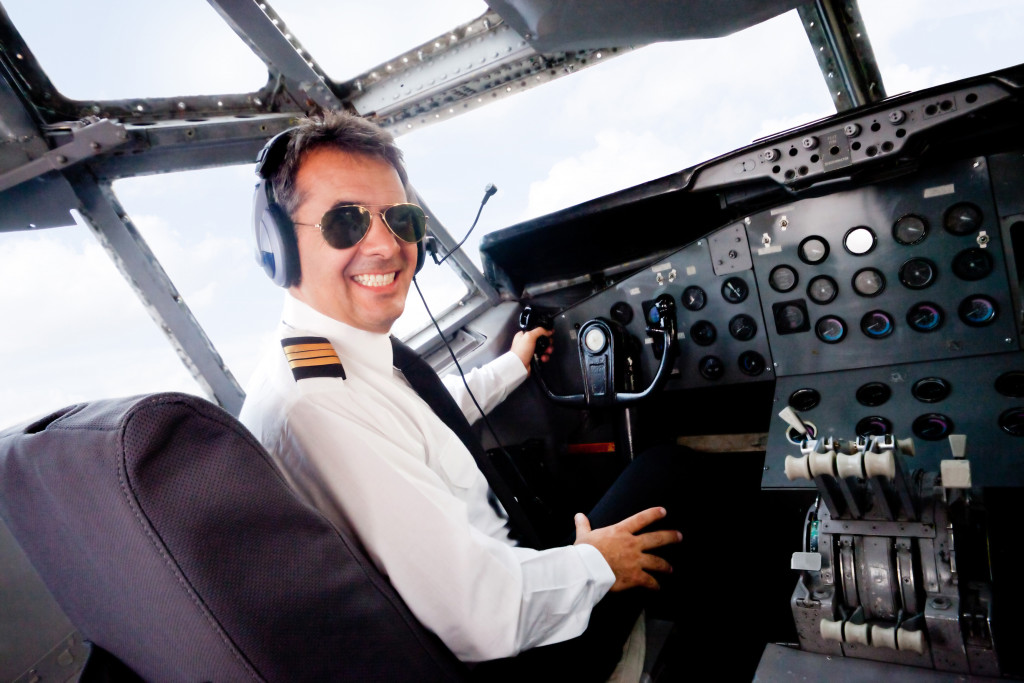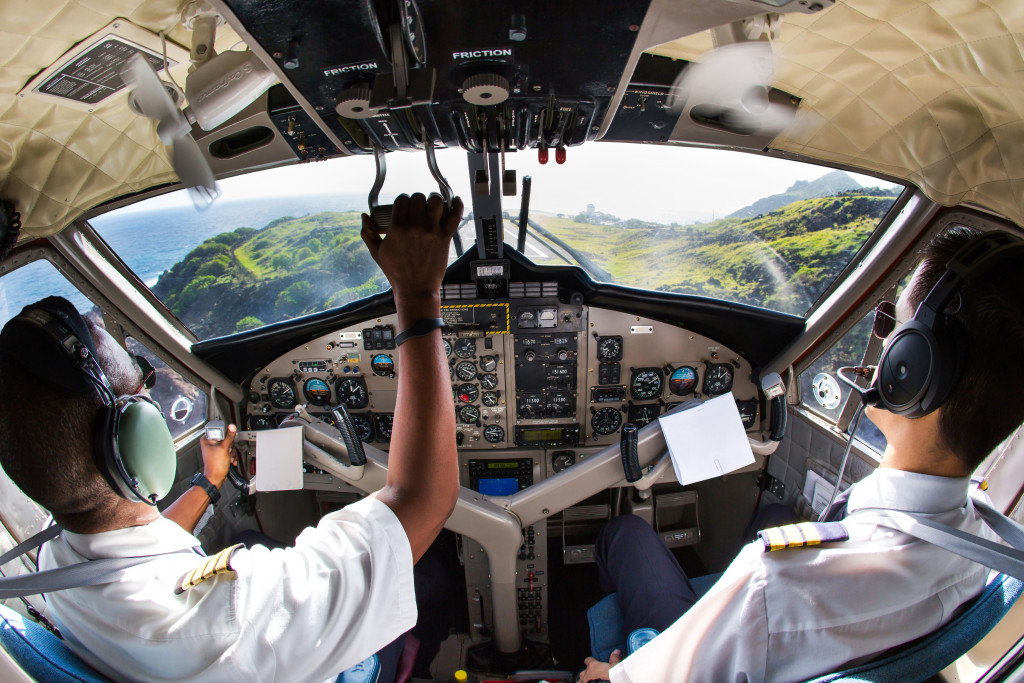Flying on an airplane is a unique experience. You are trusting your life to a series of machines that keep you in the air. While we often take for granted the technologies that keep us safe, it’s important to remember how complex and amazing they are, especially if you’re a budding aircraft designer. Here are some of the most important technologies that are essential for a smooth flight:
Avionics
You’re flying high above the clouds when suddenly, one of your engines starts to sputter. You check your gauges and realize that you’re losing fuel rapidly. Luckily, you’re able to make an emergency landing. But what if there was a way to prevent this dangerous situation from happening in the first place? That’s where avionics come in.
Avionics are the electronic systems used in aircraft, and they play a vital role in flight safety. From navigation and communication to weather monitoring and engine management, avionics help pilots fly their planes safely and efficiently. In fact, many of the advances in aviation over the past few decades can be attributed to the development of new and improved avionics systems. So next time you take to the skies, be thankful for the amazing technology that is helping to keep you safe.
Fly-by-wire
Fly-by-wire (FBW) is a method that takes over the usual hand-operated flying commands of a plane with a digital display. The pilot inputs command to a computer, which then sends signals to the actuators that move the control surfaces. FBW systems were first introduced in military aircraft in the 1970s and are now commonly used in civilian and military aircraft. FBW offers several advantages over conventional flight controls.
For example, FBW systems are lighter and take up less space than hydraulic systems. They are also more resistant to damage since there are no hydraulic lines or pumps that can be damaged by gunfire or shrapnel. In addition, FBW systems provide pilots with more information about the aircraft’s status, making it easier to fly the plane safely. Finally, FBW systems allow for greater control authority, meaning that the pilot can make more precise movements of the control surfaces. This can be especially useful during landing and takeoff when the aircraft is at its heaviest and most challenging to control.
Airplane Engine Mounts
Airplane engine mounts are an essential part of any aircraft. They attach the engine to the rest of the plane and help absorb any vibration or movement from the engine. There are three main types of engine mounts: pylon mounts, nacelle mounts, and strut mounts. Each type has its own advantages and disadvantages, so choosing the right type for your aircraft is important.
Pylon mounts are the most common type of engine mount. They offer good stability and vibration absorption but can be heavy and expensive. Nacelle mounts are lighter and more compact than pylon mounts but offer less vibration absorption. Strut mounts are the most lightweight and compact option, but they offer the least amount of stability. Ultimately, the best engine mount for your aircraft will depend on your specific needs and requirements.
Autothrottle
An autothrottle is an aircraft system that automatically controls an aircraft’s engines to maintain a safe speed. The system is engaged when the pilot sets the desired speed and then activates the autothrottle switch. The autothrottle then regulates the engine power to maintain the desired speed, even if the aircraft encounters turbulence or changes in air density. The system is disengaged when the pilot manually throttles back the engines or deactivates the switch.
Autothrottles are particularly useful during takeoff and landing when the pilot needs to maintain a precise speed to ensure a safe flight. In addition, autothrottles can help to reduce fuel consumption and emissions by automatically adjusting engine power to meet changing conditions. As a result, autothrottles are an essential safety feature on modern aircraft.
Weather Radar
You’re flying high in the sky when suddenly you hit some turbulence. You check the weather radar and see that there’s a storm ahead. Luckily, you have time to change course and avoid the worst of it. This is just one example of how weather radar can be useful for aircraft.
By tracking precipitation, wind speed and direction, and other factors, weather radar can help pilots to make informed decisions about their flight path. In addition, weather radar can also be used to provide early warning of severe weather conditions, giving pilots time to take evasive action. With its ability to track current and forecasted weather conditions, weather radar is an invaluable tool for aviation.
Traffic Collision Avoidance System (TCAS)

The Traffic Collision Avoidance System, or TCAS, is an important safety feature on many commercial aircraft. TCAS uses radar to track other aircraft in the vicinity and provide pilots with information about their location and altitude. If two aircraft are on a collision course, the TCAS will generate an alert and recommend an evasive maneuver.
By following the TCAS instructions, pilots can avoid a collision. In addition to helping to prevent accidents, TCAS also provides a valuable tool for managing air traffic. By monitoring the location of other aircraft, TCAS can help controllers route incoming and outgoing flights. As a result, TCAS is essential to flight safety and air traffic management.
Avionics, fly-by-wires, aircraft engine mounts, autothrottles, weather radar, and TCAS are all important technologies that help to ensure a safe and smooth flight. By understanding these technologies’ role in aviation, you can make better decisions about your aircraft design and operations.

